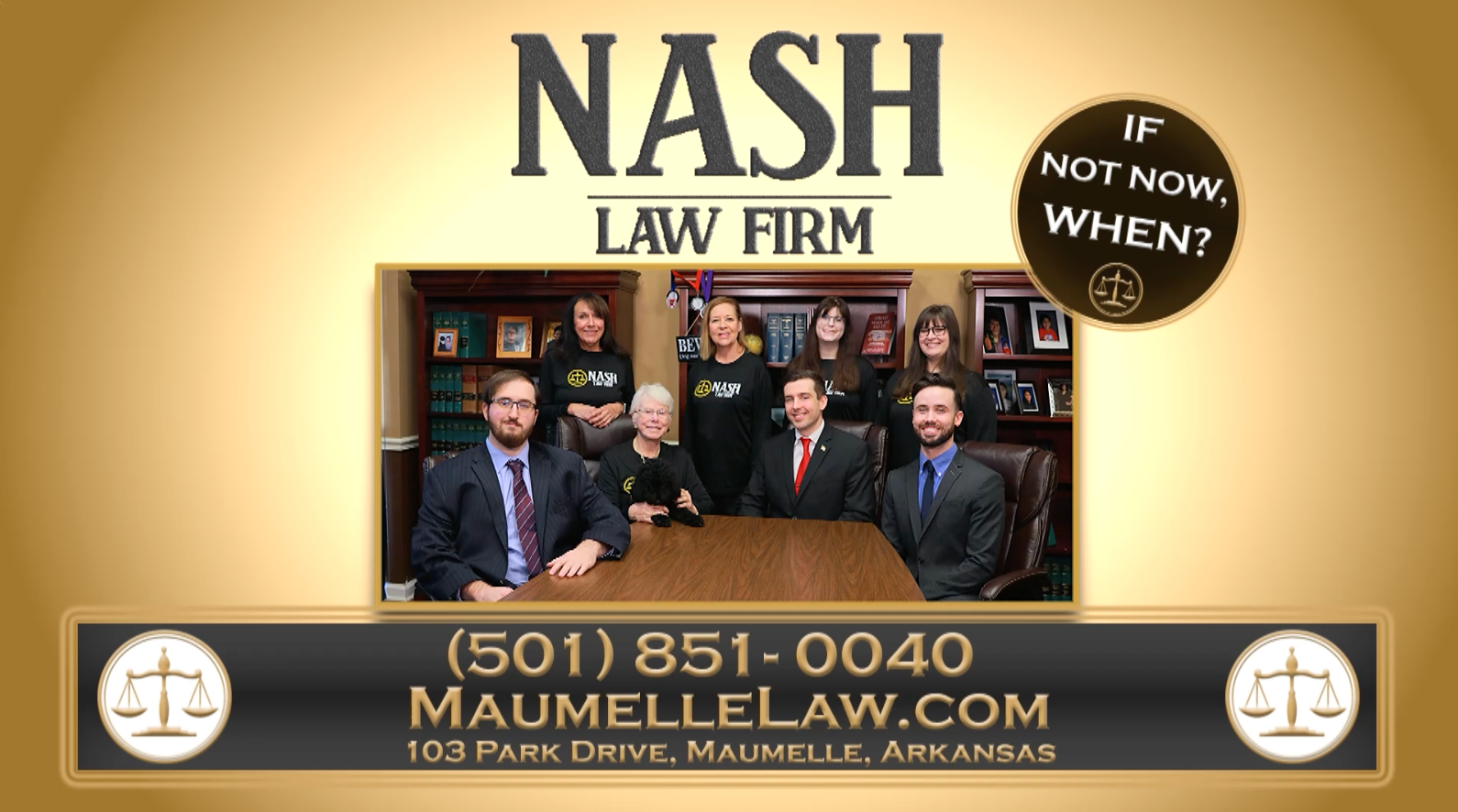Incorporating Family Heirlooms Into Your Estate Plan: Preserving Memories for Future Generations

Family heirlooms are more than just objects; they carry with them stories, memories, and sentimental value that span generations. Whether it’s a piece of jewelry, a collection of photographs, or an antique piece of furniture, these items can be treasured links to the past. However, without careful estate planning, these precious belongings may not be passed down as you intended. By incorporating family heirlooms into your estate plan, you can ensure that these meaningful items are preserved and transferred to the next generation, keeping your family’s legacy alive.
Why Heirlooms Matter in Estate Planning
Family heirlooms often have deep emotional significance, which can make them a source of contention among family members if there is no clear plan for their distribution. Unlike financial assets, heirlooms can’t simply be divided equally, so it’s important to clearly outline how these items should be handled after your passing.
Incorporating heirlooms into your estate plan allows you to:
-
Avoid Disputes: By explicitly stating who will inherit specific items, you can prevent misunderstandings or disagreements among heirs.
-
Honor Sentimental Value: You can ensure that heirlooms go to family members who appreciate their sentimental worth and will continue to care for them.
-
Preserve Your Legacy: Heirlooms often tell a story about your family’s history. By passing them down through the generations, you preserve those stories and keep your family’s heritage alive.
Steps for Incorporating Heirlooms Into Your Estate Plan
-
Create an Inventory of Heirlooms
The first step in planning for the distribution of your family heirlooms is to create an inventory. This can be as simple or as detailed as you prefer, but it should include a list of all significant items you want to pass down, as well as any relevant details about their history or importance. Be sure to include a description of each item’s condition, and consider adding photos to your inventory for clarity.
-
Be Specific in Your Will
One of the simplest ways to include heirlooms in your estate plan is by specifying in your will who should inherit each item. This is known as a specific bequest. For example, you might state that your grandmother’s wedding ring should go to your eldest daughter or that a family photo album should be passed on to a particular grandchild.
However, simply stating your wishes in a will may not be enough to prevent potential disputes. To ensure your wishes are followed, it’s important to communicate with your heirs and explain the reasons behind your decisions.
-
Consider a Trust for Heirlooms
If you want to add more protection to the distribution of your heirlooms, consider creating a trust specifically for their care and preservation. A trust allows you to set aside funds for the maintenance of certain items, such as antiques or artwork, and designate a trustee to manage the trust and oversee the proper distribution of these assets.
This can be particularly useful for more valuable or fragile heirlooms, as a trust provides a legally binding structure for their care.
-
Use a Memorandum of Personal Property
In many states, you can use a document called a "memorandum of personal property" to outline the distribution of personal items like heirlooms without having to revise your will each time you make a change. This document is typically attached to your will and allows you to be more flexible in deciding who will receive certain items.
The benefit of using a memorandum is that you can update it as often as necessary without going through the more formal legal process of altering your will. Just be sure that the memorandum is legally valid in your state.
Planning for the Future
Incorporating heirlooms into your estate plan isn’t just about avoiding conflict—it’s about ensuring that your family’s history and values are preserved for future generations. When creating your estate plan, think about the stories and lessons you want to pass down along with the items themselves. Including a letter or personal note with each heirloom can help provide context and add even more meaning to these special pieces.
Contact Nash Law Firm for a Free Consultation
Preserving family heirlooms requires careful thought and legal planning. At Nash Law Firm, we can help you create a comprehensive estate plan that ensures your treasured possessions are passed on according to your wishes. Contact us today for a free consultation, and let our team guide you through the process of safeguarding your family’s legacy for generations to come.
DISCLAIMER: The information provided on this website does not, and is not intended to, constitute legal advice; instead, all information, content, and materials available on this site are for general informational purposes only. Information on this website may not constitute the most up-to-date legal or other information. This website contains links to other third-party websites. Such links are only for the convenience of the reader, user or browser; the Nash Law Firm does not recommend or endorse the contents of the third-party sites.
Readers of this website should contact their attorney to obtain advice with respect to any particular legal matter. No reader, user, or browser of this site should act or refrain from acting on the basis of information on this site without first seeking legal advice from counsel in the relevant jurisdiction. Only your individual attorney can provide assurances that the information contained herein – and your interpretation of it – is applicable or appropriate to your particular situation. Use of, and access to, this website or any of the links or resources contained within the site do not create an attorney-client relationship between the reader, user, or browser and website authors, contributors, or Nash Law Firm.









![Nash Law Firm Logo [click to return home] Nash Law Firm](https://lirp.cdn-website.com/8c4d5b2c/dms3rep/multi/opt/nashlogo_colorgray_horz-1920w.png)


![Nash Law Firm Logo [click to return home] Nash Law Firm Logo](https://lirp.cdn-website.com/8c4d5b2c/dms3rep/multi/opt/nashlogo_whgold_horz-1920w.png)

